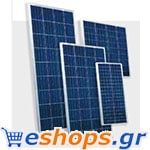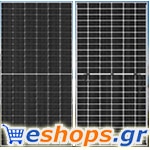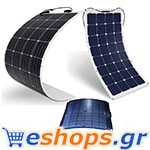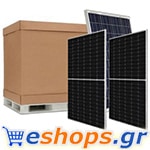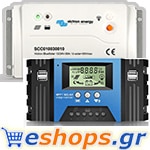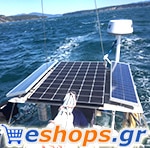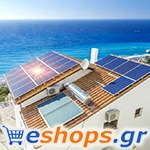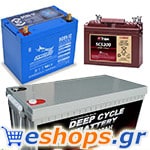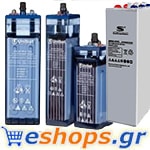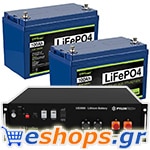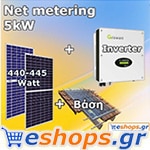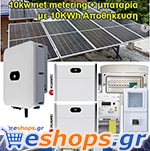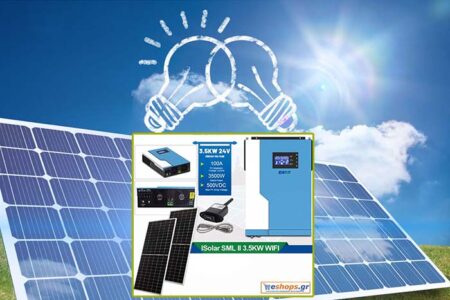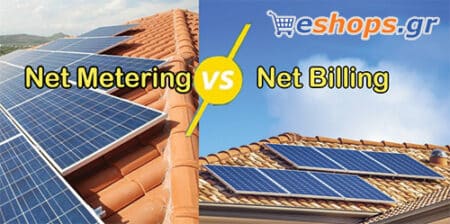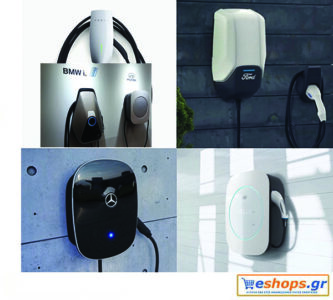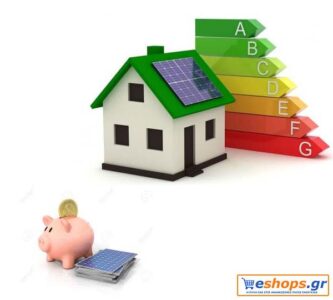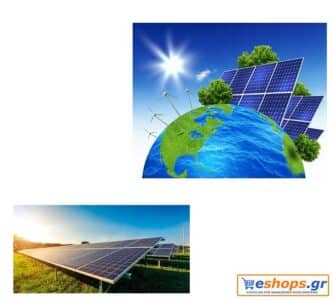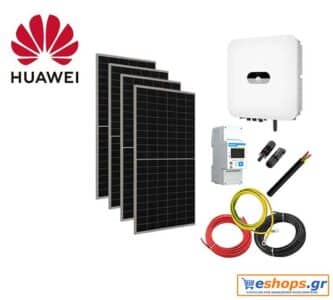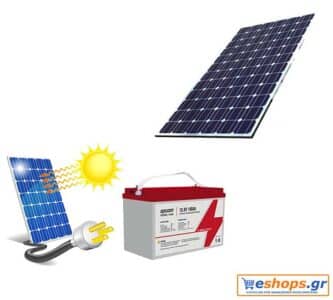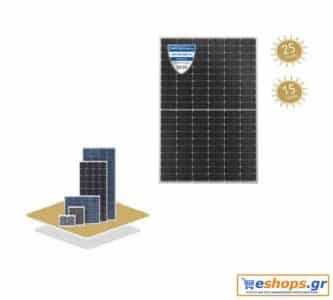Transparent organic photovoltaic materials for solar windows
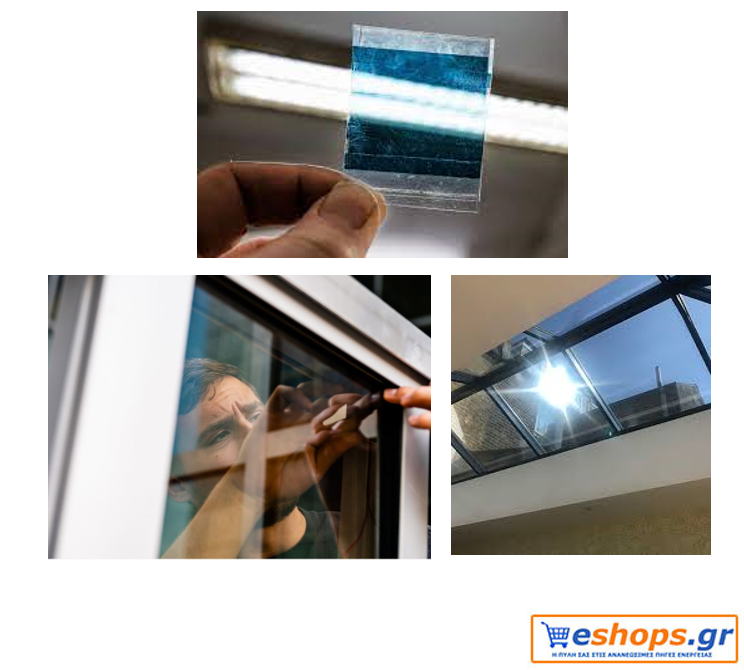
photovoltaic materials, photovoltaic, solar windows, new technology
American scientists made photovoltaic materials with two upper layers of phthalocyanine and heptamethine. They tested the new technology in four different climate regions in the United States.
Researchers from Michigan State University have designed transparent photovoltaic (TOPV) materials for solar window applications in commercial buildings.
"We have used these types of materials in the pilot production of transparent solar panels at Ubiquitous Energy," researcher Annick Anctil told pv magazine. "We have recently installed these transparent solar modules on a university campus."
The scientists proposed two different photovoltaic materials for two different types of solar glass. One is based on phthalocyanine (ClAlPc), a class of pigment commonly used for car paint, printing ink and paper. The other was developed with heptamethin (CyTPFB), which is a near-infrared fluorescent (NIRF) compound that has recently emerged as a promising agent for drug delivery. According to the researchers, the materials offer a higher transmission of visible light than conventional translucent ones embedded in buildings photovoltaic cells (BIPV) and selective near-infrared (NIR) absorption.
ClAlPc and CyTPFB are used as top layers of the TOPV device, which consists of deposited layers of indium tin oxide (ITO) and molybdenum oxide (MoO 3 ) and bathocuproin (BCP).
"The ITO is sputter-deposited and all other layers are vacuum-deposited except for the CyTPFB active layer, which is deposited using a solution process," the researchers said.
They simulated the use of the proposed materials in the windows of five commercial buildings in four different climates in the United States – Detroit, Los Angeles, Phoenix and Honolulu.
“TOPVs are deposited inside the windows of commercial buildings. The maximum window size is 2,1 meters by 3,7 meters, with the silver grid covering 11% of the window surface,” the scientists explained. "The practical limit of power conversion efficiency for ClAlPc TOPV is 10 % and 11 % for CyTPFB TOPV".
The researchers said that both versions of solar glass expect life cycles of 20 years. The return at the end of this period should be about 60% of the initial return, he claims. They also found that CyTPFB TOPVs have a 26,1% higher life cycle impact than ClAlPc TOPVs, due to the higher energy demand of the synthesis and solution deposition processes.
"For most buildings, CyTPFB TOPVs have higher energy benefits due to their higher power conversion efficiency, but for hospitals, ClAlPc TOPVs perform better due to their spectral properties," the scientists explained.
"Future TOPV designs can be optimized and adapted to the building for both electricity generation and building energy conservation by changing either the active layer or using low-emissivity materials for the electrodes," they concluded.
